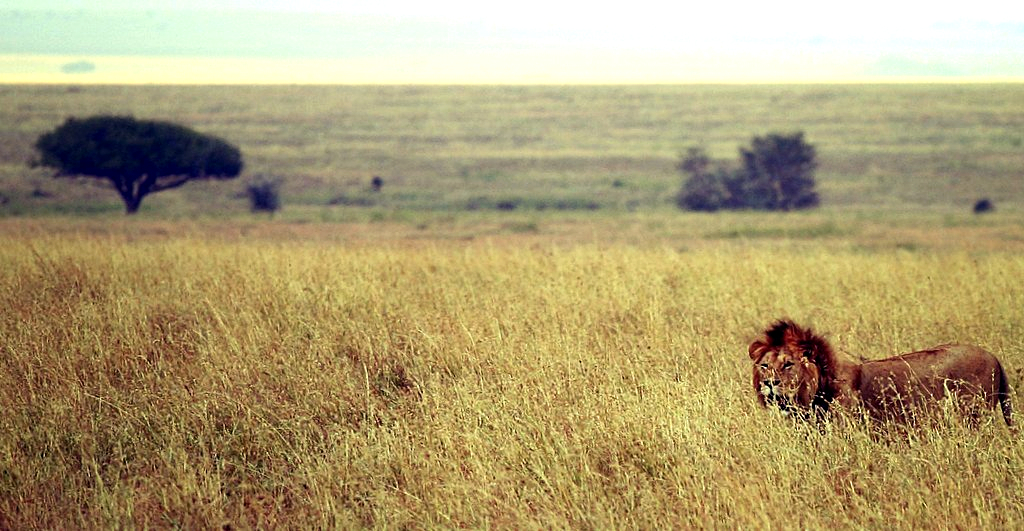.
Daintree Rainforest, Australia: photo by Adz, 2005
The mammals
give off
the gases
that are
necessary
to
the survival
of
the vegetation
while
the vegetation
gives off
the gases
that are
necessary
to
the survival
of
the mammals.

Male lion on Savanna, Africa: photo by eismcsquare, 2005



5 comments:
This is great!!
I have a feeling I have read this before on this blog and also a biology handbook when i was a child. But it makes a whole lot of sense now.
I went to bed dreaming about this -- the colors, the shapes, and the contents and sense of the words and images. Now that I'm awake (and facing a new work week, which has me a little off-balance), I find this strong, springy and balancing. It is absolutely incredible (and a great gift) what the receptive, agile and energetic human mind can do to communicate clearly and positively with others. It's also always fascinating to rediscover how the abstract meets up with the figurative all the time and they fully understand that they're very close relatives, not opposites.
How lovely it would be if this system actually still worked.
I think things went off the rails in 1805, give or take a few decades in either direction.
I love the symmetry of design in what used to be called, in the broad sense of the term, creation.
But this is a deeply nostalgic sort of love, at best, I fear.
The nimble balance of the gases and the vegetation, the rich flourishing of the rainforest, the noble bearing of Panthera leo on the savanna, all as if in a story from another, better-treated planet.
My personal, highly biased, dating system points to 1687 and the shelling of the fortified, combustible Parthenon as a turning point. Can you imagine being there and actually experiencing the sights, sounds and acrid odors of that day's destruction and waking up the following day and finding that the ruin was real and not imagined? When I was in art history graduate school, I took a fantastic art conservation course that was offered to non-conservator students -- really a course in art materials, manufacture and (largely environmentally-based) deterioration. I learned so much of value there, including about the ongoing degeneration of the Parthenon because of the effects of post-Industrial Revolution pollution. I entirely agree with your point about nostalgia. I always think I'm immune to it, but I guess that nobody is.
Curtis, there are so many deep and dark ironies in the aesthetic effects produced by environmental and military destruction.
In the summer of 1964 I met a young Australian follow on a boat from Brindisi to Corfu, and we decided, on the spot, that I would rent, for about sixty dollars, his apartment in Athens, for that summer.
The tiny little place was situated on a dusty unpaved street in the impoverished foothills above the city.
By day the heat was unbearable, even for mad dogs. All Athens slept.
Then there were the nights...
There was a tiny deck looking out across the city, some five miles or so, to the Acropolis, with the remains of the Parthenon flood-lit.
From that distance and vantage it was as gloriously beautiful a sight as one had ever seen.
Reminded now also of a poem written some two decades back, after one in a series of horribly pollution-dispersing oil fires at the great Chevron refineries in Richmond.
The air was thick with poison, but the twilights were wondrously beauteous.
"First cold winter twilights..."
One is reminded also of the sunsets of La Jolla, long famed for their smog-charged colours.
This brings things round to the noctilucent ("night-shining") clouds which have been preoccupying many in the extreme latitudes these past few years -- I have posted some pictures of these (above).
So many deadly beautiful things...
Post a Comment